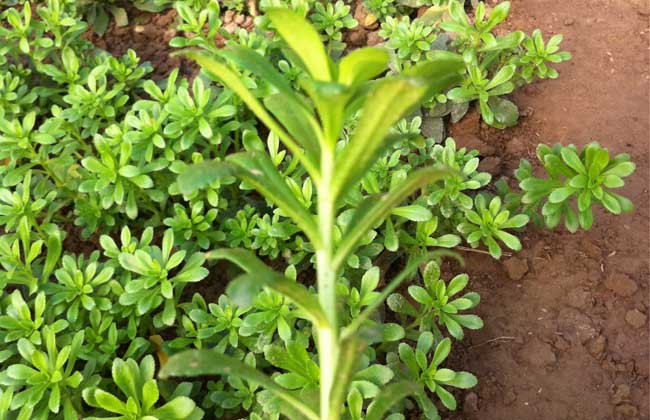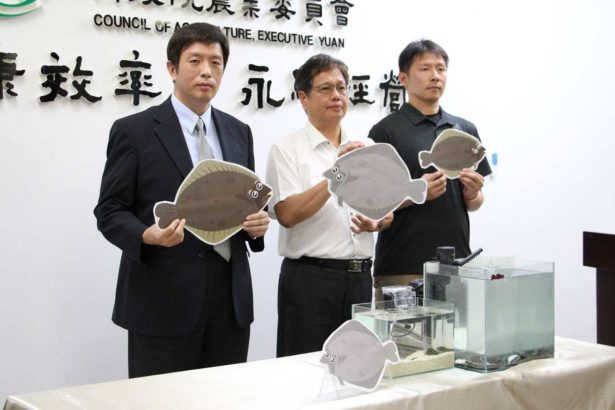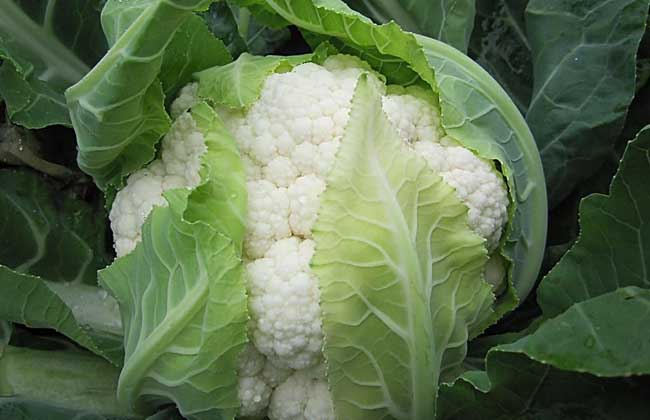Planting techniques of Chinese cabbage

Chinese cabbage, also known as panax notoginseng, panax notoginseng, herb, etc., is a perennial herb of the family Rhodiola, which grows in mountain forest margins and shrubs, riparian grass, shade-tolerant and drought-tolerant, cold-tolerant, overwintering in the north, no strict choice for soil, strong adaptability, and high cultivation value. Let's take a look at the planting techniques of cabbage.
Growth habits of Chinese cabbage
Chinese cabbage is an ancient plant, which grows in hillside forest edge, valley forest, thicket, river bank damp place and dry and ventilated place. it is not strict with water and dampness, and is slightly resistant to shade, cold, drought and barren. It can grow exuberantly on hillside rocks and wasteland. It is distributed in Sichuan, Hubei, Jiangxi, Anhui, Zhejiang, Jiangsu, Qinghai, Ningxia, Gansu, Inner Mongolia, Ningxia, Henan, Shanxi, Shaanxi, Hebei, Shandong, Liaoning, Jilin, Heilongjiang and other places.
Cultivated varieties of Chinese cabbage
1. Narrow leaf varieties: the leaves are narrow, long, cuneate or linear, less than 5 mm wide, flowering from June to July, fruit in August, produced in Gansu, Shaanxi, Shandong, Hebei, Inner Mongolia, Jilin, Heilongjiang, born in the shady hillside about 1350 meters above sea level.
2. Broad-leaf varieties: leaves are broadly Obovate, oval, ovate, sometimes slightly round, apex round and obtuse, base cuneate, 2-7 cm long, 3 cm wide, flowering in July, produced in Shandong, Hebei, Liaoning, Jilin and Heilongjiang.
3. Milky varieties: narrow leaves, obtuse apex, plant papillae, flowering from June to July, fruiting in August, Qinghai, Ningxia, Gansu, Shaanxi, Hebei and Inner Mongolia, born on stony hillside grasslands below 3600 meters above sea level.
Propagation methods of Chinese cabbage
1. Split-root propagation: the roots of cabbage are dug out in early spring and cut into several plants according to the number of root buds, each with more than 2 root buds. Then dig a hole and plant it with water according to the distance between the 30x15 and the plant, cover the soil and step on it.
2. Cutting propagation: the cutting propagation of cabbage is selected to grow sturdy twigs in summer, cut into stem segments of 10-15 cm long, cut on the cutting bed, often watered to keep the soil moist, and can take root and survive after about 15-20 days.
3. Seed propagation: in the middle of April, the seeds of Chinese cabbage were sowed on the prepared seedling bed, ditched according to the row spacing of 15 × 20 cm, watered after sowing, and covered with grass to preserve soil moisture. Remove the cover grass when about 10% of the seedlings emerge, and loosen the soil and weed.
Planting techniques of Chinese cabbage
1. Soil preparation and fertilization: cabbage can be cultivated in dry land suitable for crop growth, but fertile sandy loam cultivated land and loam cultivated land are beneficial to its high yield. Turn the cultivated land deep into the sun in advance, apply 2000 kg of rotten pig and cow manure per mu or 100kg of rotten vegetable cake plus 50 kg of imported ternary compound fertilizer as base fertilizer, intensive cultivation and rake, cover the furrow according to the width of 2 meters, the ditch depth is 30 cm, the border length is 20 to 40 meters, and open the waist ditch and encircling ditch, flatten the border surface to be planted.
2. Transplanting and planting: open the planting ditch according to the row spacing of 25 cm, apply 1000 kg of rotten pig and cow manure or 50 kg of rotten vegetable cake per mu, apply fertilizer into the ditch, and fully mix fertilizer with soil, and then plant according to the plant spacing of 15 cm. When planting, start seedlings with soil from the seedling bed, plant 2-3 seedlings in each hole, plant depth of about 5 cm, pour enough water after planting, and then cover fine soil to suppress slightly, pour fixed seedling water. The total number of colonized holes per mu is 9 500 to 10 000 holes and the total number of plants is 2.2 ~ 25000.
3. Fertilizer and water management: after planting, topdressing should be applied less frequently, usually once a month or with watering, 10 kg of urea and 3 kg of potassium dihydrogen phosphate per mu. Apply 2000 kg of rotten barnyard manure or 50 kg of ternary compound fertilizer per mu before overwintering or turning green. For each harvest, 10 kg of potassium chloride or 100 kg of plant ash should be applied in time to promote branching and increase yield. If the soil is dry, it should be watered in time, water must be watered thoroughly, cabbage should not be waterlogged, and ditches should be cleared and drained in time in the rainy season.
4. Overwintering management: cabbage has strong vitality. In winter in northern Liaoning, it can be moved to the Nanyang platform of the heating building to continue to grow, or placed in the corridor or outdoor leeward to the sun, first watered once, and then covered with straw, covered with some snow after snow, so that it can hibernate and overwinter. the new buds issued in the spring of the second year are more robust than the annual fish.
5. pest control: the disease of cabbage is mainly powdery mildew, which is easy to occur in rainy, high-temperature and humid seasons. the primary powdery mildew spot of the affected leaf gradually extends to the whole leaf, and black spots are scattered on the disease spot in the later stage. Prevention and control should pay attention to ventilation and light, timely shoveling weeds, rainy season drainage, autumn burning of diseased plants, can reduce the occurrence of the disease. If the disease has occurred, it can be prevented and treated with 0.5 Bohr concentration stone-sulfur mixture or strychnine.
6. Harvest and processing: there are two methods for harvesting cabbage. One method is unified harvesting, that is, on the basis of leaving 3 or 4 nodes at the base of most branches, the tender stems and leaves are cut horizontally with a sickle, usually every 60 days or so. The yield per mu is about 4000 kg. Another method is to harvest in stages and batches, first harvest the thick and sturdy young stems and leaves, let the thin and sparse stems and leaves continue to grow, and then harvest one after another. The total annual output of the two harvesting methods is basically the same, and the tender stems and leaves harvested can not only be directly listed on the market, but also can be dried to eat or make tea.
- Prev

Four years of research and development by the Water Test Institute, cold water culture of Paralichthys olivaceus, currently imported in small quantities and high prices
Four years of research and development by the Water Test Institute, cold water culture of Paralichthys olivaceus, current import volume is low and price is high
- Next

Planting techniques of organic cauliflower
Planting techniques of organic cauliflower
Related
- A course of planting techniques and methods on how to grow carrots
- How to plant the latest tulips?
- Is it better to pick tea in the morning or in the afternoon? When is the best time for tea to be picked? what is the third or fifth tea?
- Launch Yuanxiao Happy combination Haocha + Tea Yuan healthy Taste
- Penghu Tourism "Fireworks 20 Parade with You"
- 2022 West Lake Happiness holds "Digital Revitalization Voucher" and draws iphone13 and laptop.
- Banqiao Fuzhou social houses are designed to change start-up combined with police elimination to create a safe and livable environment
- The convenient measure of "mechanical weeding" in Xinbei has been abused and the Agriculture Bureau has imposed heavy penalties on the illegal land consolidation.
- Changgeng University Joins Hands with Four Memory Factories to Rescue Memory Talent Shortage
- The list of Taiwan's top 100 MVP managers is listed by the Director-General of the Farmers' Association of Sanxia District.

